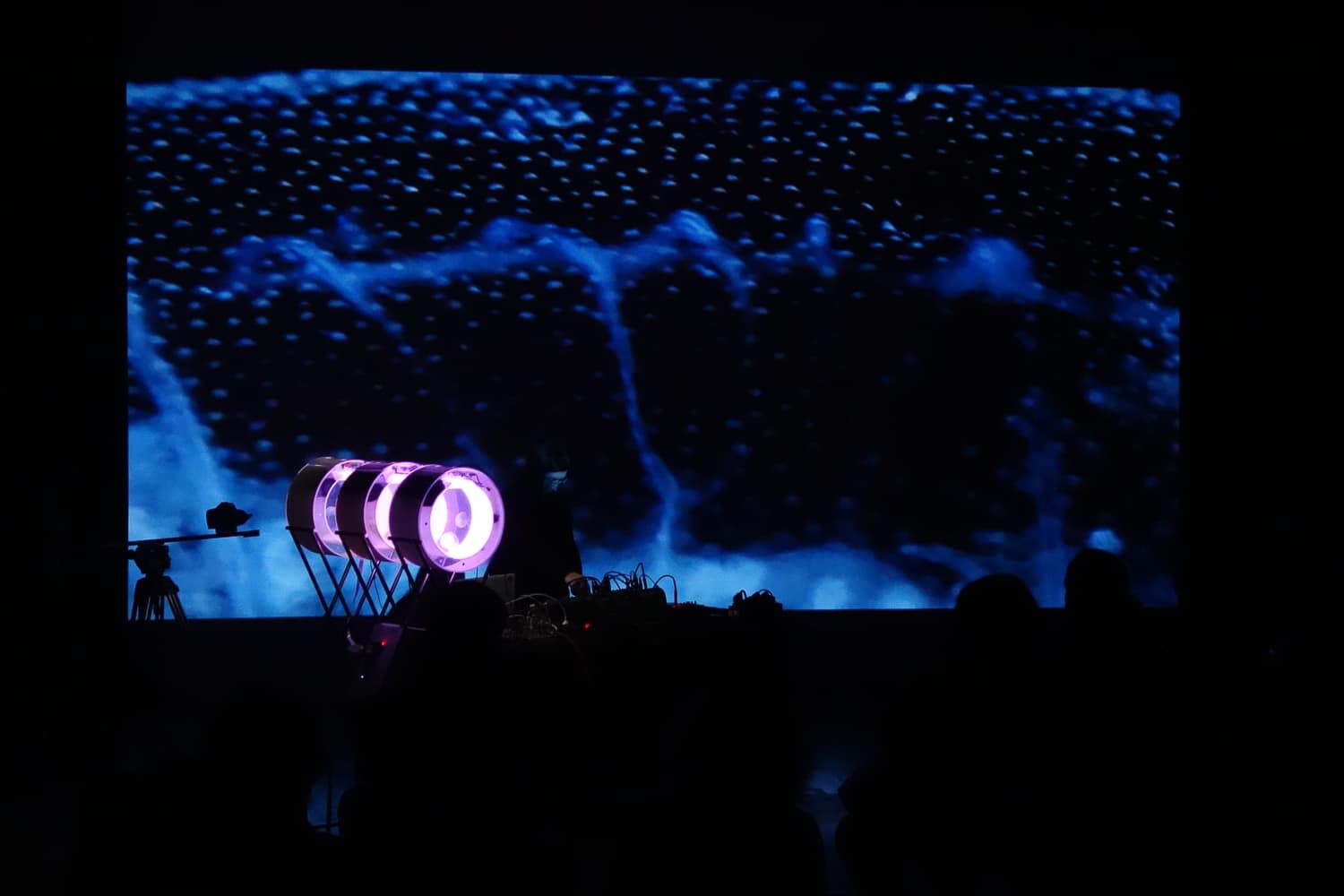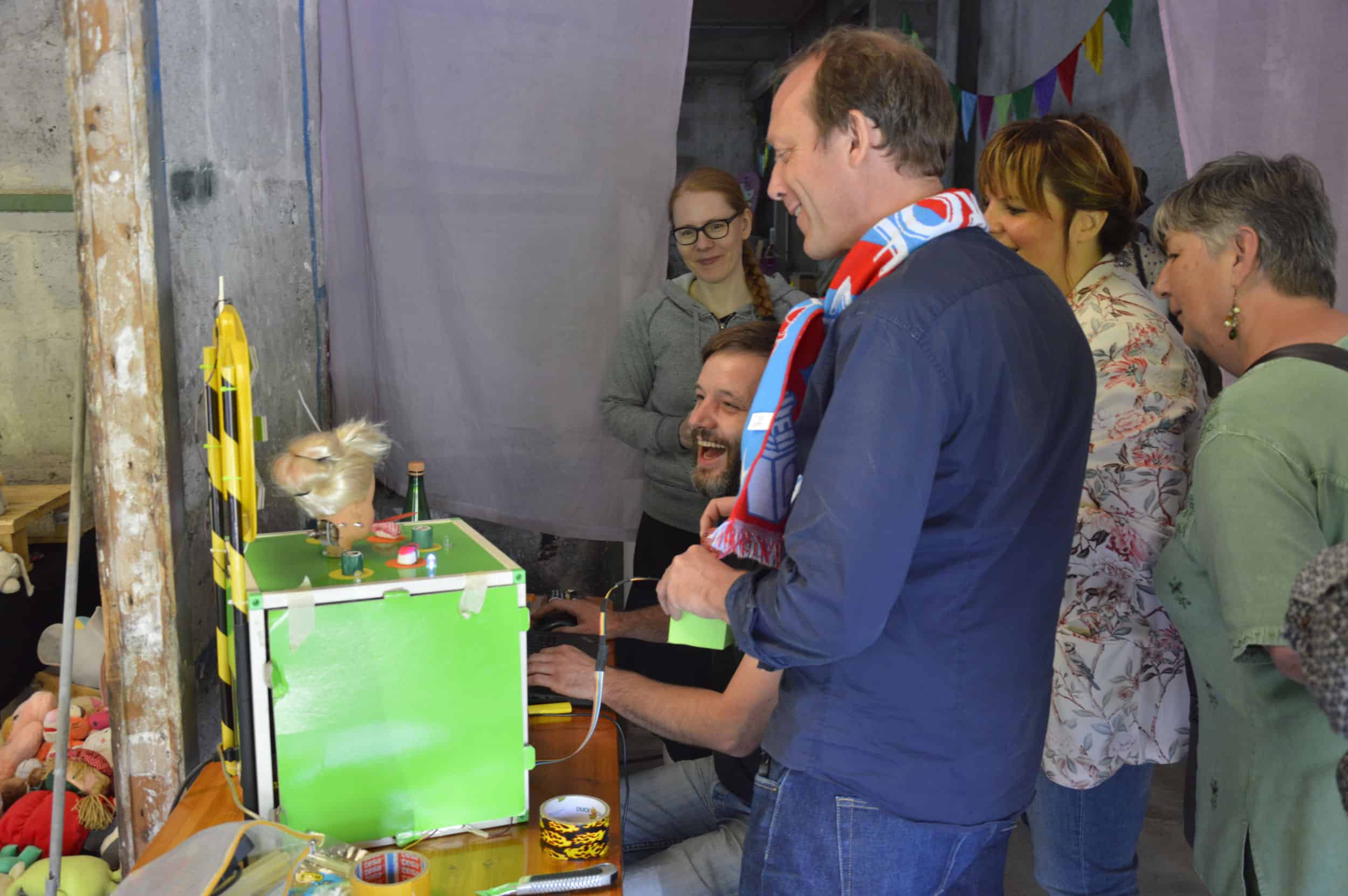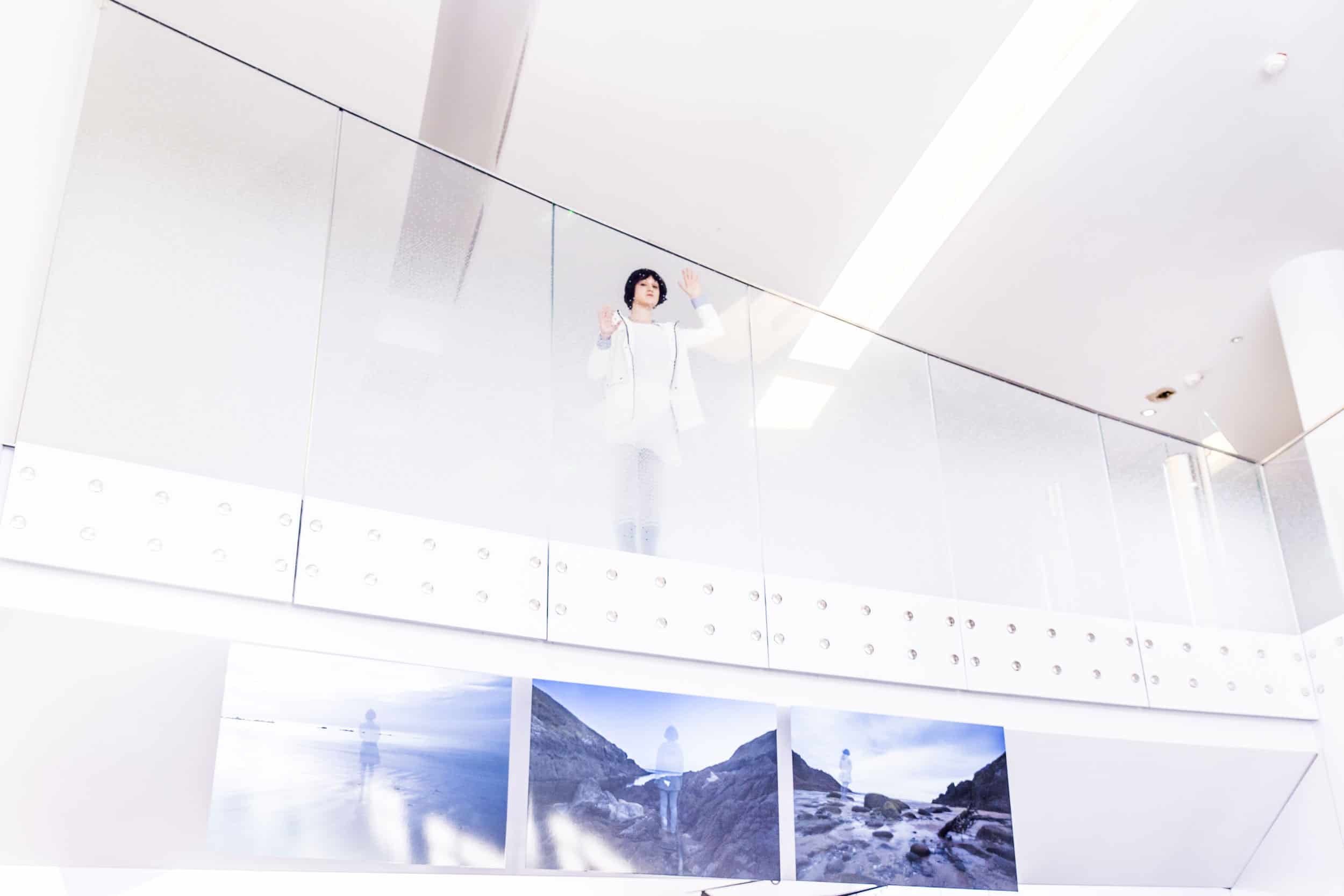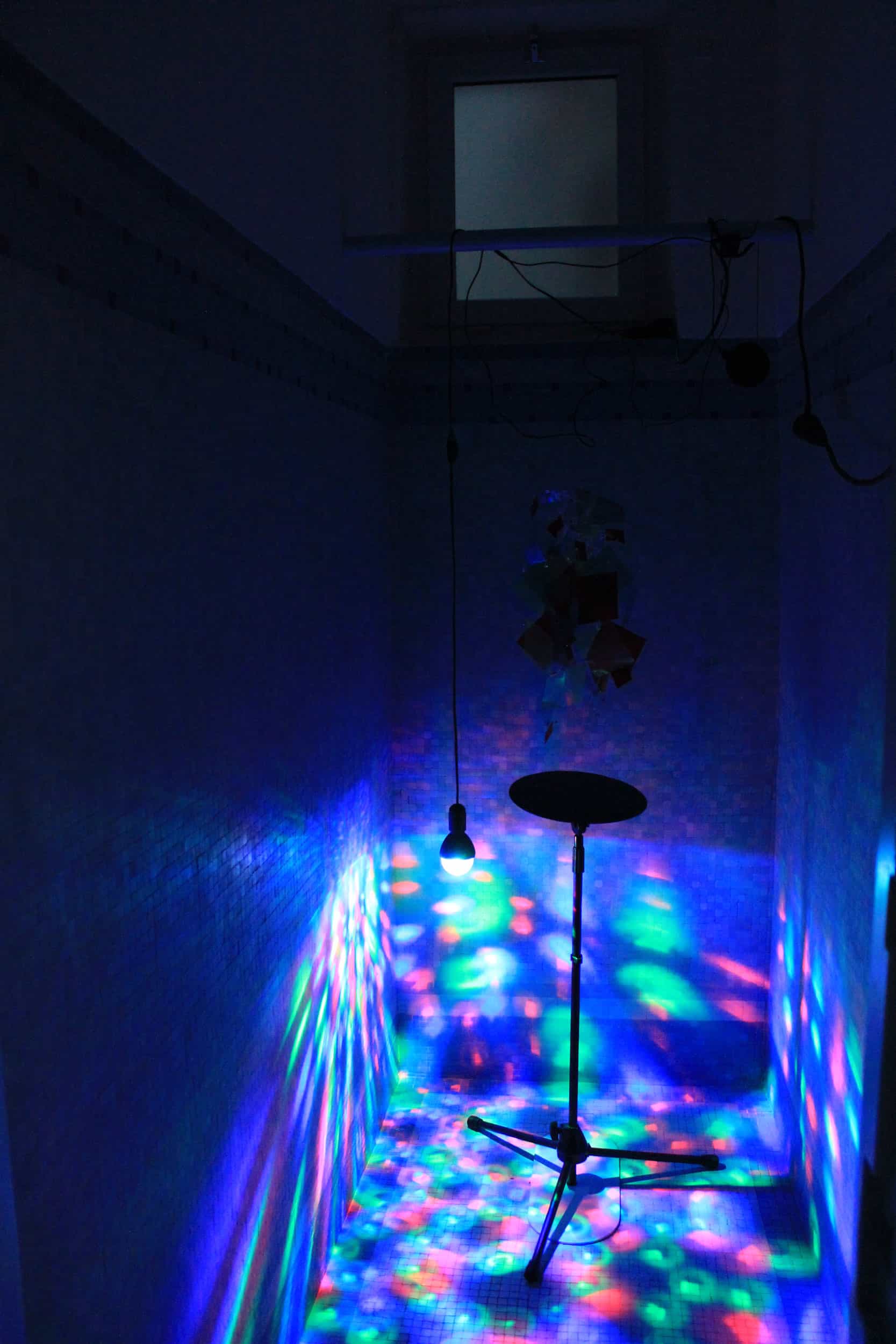In this series of interviews, we ask art professionals about their jobs and career after graduation. No matter where you live, to find a job after a humanities degrees is not an easy thing. We try to find out what the term “perfect job” means to the people we talk to. This time we speak to Natacha Duviquet-Seignolles – Director of Décalab – Paris-based, cultural engineering and innovation agency founded in 2012. Over the past 8 years she has had the chance to work with some of the world’s biggest companies including Google, Orange and Peugeot & Citroën Group while at the same time promoting the work of artists with whom they collaborate, a balancing act which requires much time, effort and dedication.
Position: Director of Décalab – Paris-based, cultural engineering and innovation agency
Location: Paris
Sylwia Krasoń: You are the director of Décalab – a cultural engineering and innovation agency in the art-science-technology field. Could you describe your position, duties and responsibilities?
Natacha Duviquet-Seignolles: When you have an agency of this type that sets up collaborations between totally different actors (artists, companies, cultural institutions, research laboratories) you wear several hats: manager of the company, project director, editor and editorial director of trend books, curator and producer. The foundation of the agency is built on the trend books, which follow weak signals in the field of art and design. The Art Factory is Décalab’s flagship project: to carry out innovation projects with artists at the heart of the company while taking care to leave total creative freedom to the artist. I define myself as a “research head“ and matchmaker.
SK: What were your beginnings like?
ND-S: I studied art history and multimedia journalism. I first worked in the cultural field at a theatre and experimental cinema, then I had a job which revolved around audio-visual engineering, before working in the innovation and multimedia department at Orange.
SK: How did your education prepare you for your career?
ND-S: My training in art allowed me to understand the artistic field and journalism to organize my curiosity. But it is above all my atypical background between the artistic and industrial fields that has allowed me to imagine the possible collaborations between these fields.
Malakoniarof, Antonin Fourneau
Malakoniarof, Antonin Fourneau
SK: How did you come up with Décalab?
ND-S: The agency I created was imagined with the information science researcher Emmanuel Mahé, he is now director of research at ENSAD (Ecole Nationale Supérieure des Arts Décoratifs). At the time, we worked together on innovation projects for Orange. We had both worked in digital arts and it seemed crucial for us to open up the field of possible collaborations between all the players: companies, laboratories and artists. We wanted to set up a somewhat special agency based on philosophy (notably Bruno Deleuze and Michel Foucault). An agency that would have innovative objectives that are not only technological, but also and above all, societal. Our manifesto: the artist is a precursor of new mediums and a researcher like any other. Working with artists allows us to have an offbeat view of society’s signals and trends. And collaborations, like the Common Good, are certainly our future.
SK: What is the riskiest decision you had to take?
ND-S: Creating new jobs so that the team can grow.
SK: What has been the most difficult task you undertook so far?
ND-S: Doing it all at once without “losing your head”. To succeed in maintaining financial balance in the field of art, which too often is not yet a necessity for companies.

Performance Aurelia, Robertina Sebjanic, collaborations art & science
SK: What was your biggest setback, failure, or defeat?
ND-S: Not yet managing to create jobs in a sustainable way. Competing with big players who do not always have the same ethic of relations between companies and artists.
SK: Name three objects which were the most important to you at work.
ND-S: If I forget about my computer and the internet, which has the gift of ubiquity, I’ll say; my cameras, my notebooks and a juju for good luck.
SK: What do you consider to be your biggest success?
ND-S: I hope it’s still ahead of me. Rather than talking about success I will talk about satisfaction: when a young artist you believed in is successful (like Rocio Berenguer, Lia Giraud), when you create an exhibition that meets your convictions and supports the artists. When you work on the long term with a company. When your ideas are shared.
expo art factory, decalab, orange gardens, photos quentin chevrier, october 2017-19
Malakoniarof, Antonin Fourneau
SK: What three tips would you give someone who wants to start work in your field?
ND-S: Be persistent. To be curious and above all to be cultured. Never think you know enough. Know how to listen to all the players and take into account their differences and their challenges.
SK: If you weren’t working in art/ innovation sector, what would your dream job be?
ND-S: I love my field of work. I could have been an anthropologist, too. I’m also passionate about photography and writing. The advantage for the latter two is that there’s nothing stopping me from doing it.
dialogue(s) avec un brin d’herbe Anouk Durand – ©maison des arts centre d’art contemporain de Malakoff – 2017 (15)
virtual reality_laura Mannelli_Exhibition Bains Douches_Laval Virtual
The article was created thanks to the Arts Council Emergency Response Fund: for organisations (non NPO). Contemporary Lynx organisation is supported by Arts Council England.


















